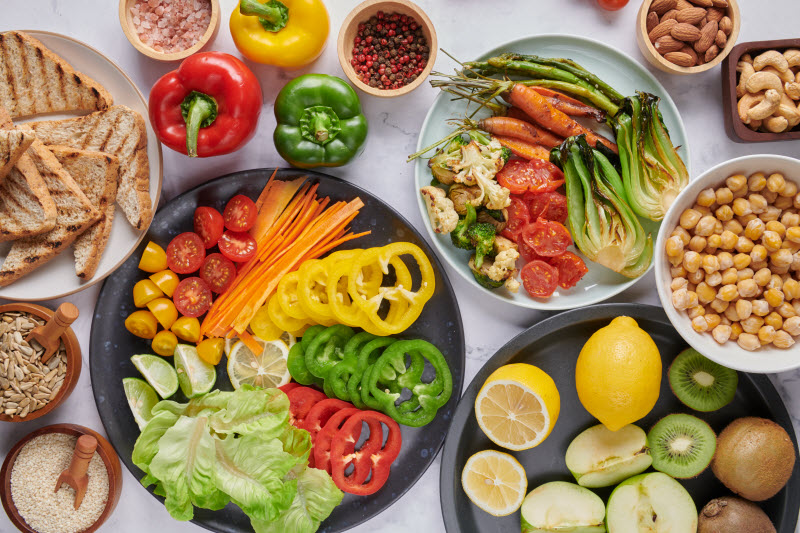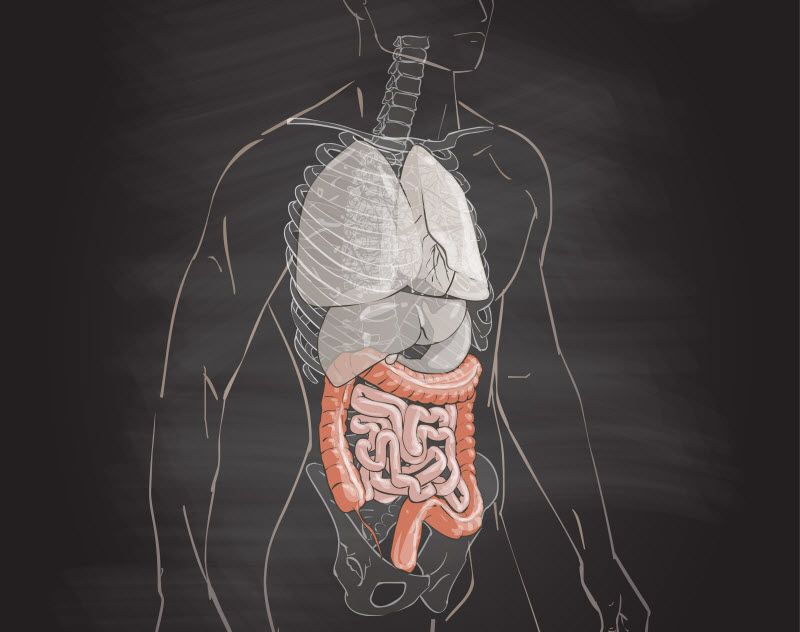
If you are asking yourself if the Glycemic Index may impact your heath, than the answer is : YES. Opting for varied lower glycemic index food choices and including them in a daily meal plan can have significant impacts on the overall health and can significantly help people with diabetes to:
- Reduce hunger between meals by increasing the feeling of fullness.
- Help decrease blood glucose spikes after meals; eating lower GI foods helps control how blood glucose rises after the meal.
- Improve the level of blood glucose and help keeping it in target range.
- Help increase the rate of weight loss if needed, as compared to other conventional diets.
- Help prevent weight regain.
- Lower the risk of getting type 2 Diabetes.
- Lower the risk of getting heart disease.
Glycemic Load (GL) and how it affects our food choices
So now that we understand the importance of Glycemic Index GI and how it is representative of the quality of the food choices that we make, what about the quantity of the food that we consume?
In that case we will be looking at the Glycemic Load GL of a food, which considers both the quality and the quantity of its carbohydrates.
The Glycemic Load GL is a measure that considers the amount of carbohydrates in grams in a portion of food together with how quickly it raises blood glucose levels.
Glycemic load values help to better reflect how the food choices at a meal will influence blood glucose levels, especially with relation to portion size.
The tested foods are classified into 3 categories according to their corresponding GL values
Rest assured, it is unnecessary to get into detailed calculations and try to measure the glycemic load of every meal we eat. It is however important to understand where that number comes from and how it affects our food choices.
Here are some interesting examples to help us put things in practice:
Glycemic Load of Apples
One Apple has a low glycemic load GL = 5.8 If a person eats for example 10 apples, then the glycemic load of the consumed food would be about 58 which is quite high. In other words, just thinking that apples are a healthy food choice does not mean that one should eat 10 apples in a row; not only this will be causing a tummy ache but it will be an exceedingly high glycemic load meal or snack. So, portion size is key.
Glycemic Load of Carrots
½ Cup of carrots has a Low Glycemic Load GL = 4.1 One would have to eat more than 1.5 Cups of carrots before reaching a high glycemic load. So again, portion size is key!
Glycemic Load of Watermelon
1 Cup of watermelon has a Low GL = 7.9 One would have to eat more than 3 Cups of watermelon before reaching a high glycemic load. This means that eating 1 cup of watermelon as part of a balanced meal should not be a dietary problem. Here again, it is all in the size of the portion.
Glycemic Load of Pasta
Pasta is an interesting example because in essence pasta is a low GI food. The problem with pasta is the portion size; 1 Cup of pasta cooked al dente has a medium GL= 19.3 which is totally acceptable, but if a person eats 3 or 4 cups of pasta in a meal, this will raise the blood glucose level not because of eating pasta but because of eating too much of it.
In conclusion, none of these food choices, carrots, apples, or watermelons should be avoided if one has diabetes. The right message here is that all food can fit in a balanced diet, and it really is all about the quantity and how often we are going to eat those foods.
Just because one food has a higher Glycemic Index than another does not mean that it needs to be completely avoided.
The Glycemic Load of a Meal
Usually and as a general nutrition advice, the average daily Glycemic Load for a 2000 Kcal diet should not exceed a total value of 100.
This means that each meal, on average, should have a Glycemic Load equal to or less than 33. Again, our purpose is not to calculate the Glycemic Load of each meal of the day, but it is important to be aware of the amount of food that this will result in.
In order to make sense of this, we will choose a meal and calculate its Total Glycemic Load to help us understand how it is possible to have healthy meals with a Glycemic Load that does not exceed a total value of 33.
To calculate the Glycemic Load of a meal, we simply need to calculate the Glycemic Load of each component of that meal and add them to each other.
Here is an example of a generous big breakfast that can be within a healthy meal plan and which Total Glycemic Load is less than 33.
| Breakfast Meal | Glycemic Load |
| 2 whole wheat toast | 21 |
| 1-2 eggs | 0 |
| 1 medium orange | 6 |
| 1 cup milk | 4 |
| TOTAL | 31 |
A Smoothie Breakfast can also be a good choice, but when having diabetes, it is important to be cautious not to blend a lot of food and loose sense of the consumed amounts.
Also, it is always recommended to test the blood glucose before and two hours after the meal and see how the body reacts to whatever food that we have decided to eat. This will help in making better food choices in the future and changing some of them if necessary.
Do you want to know more about diabetes and how to keep it under control ?











Discussions
Add Comment